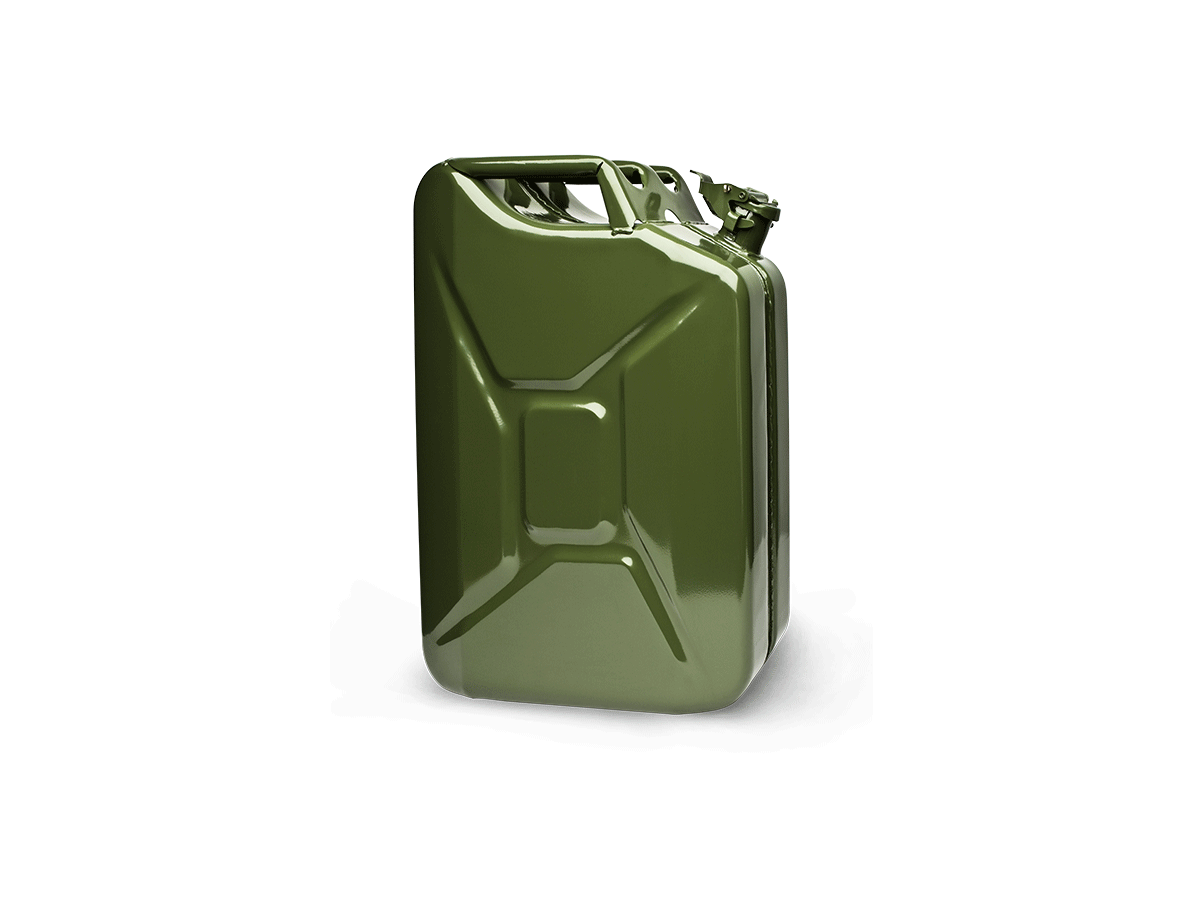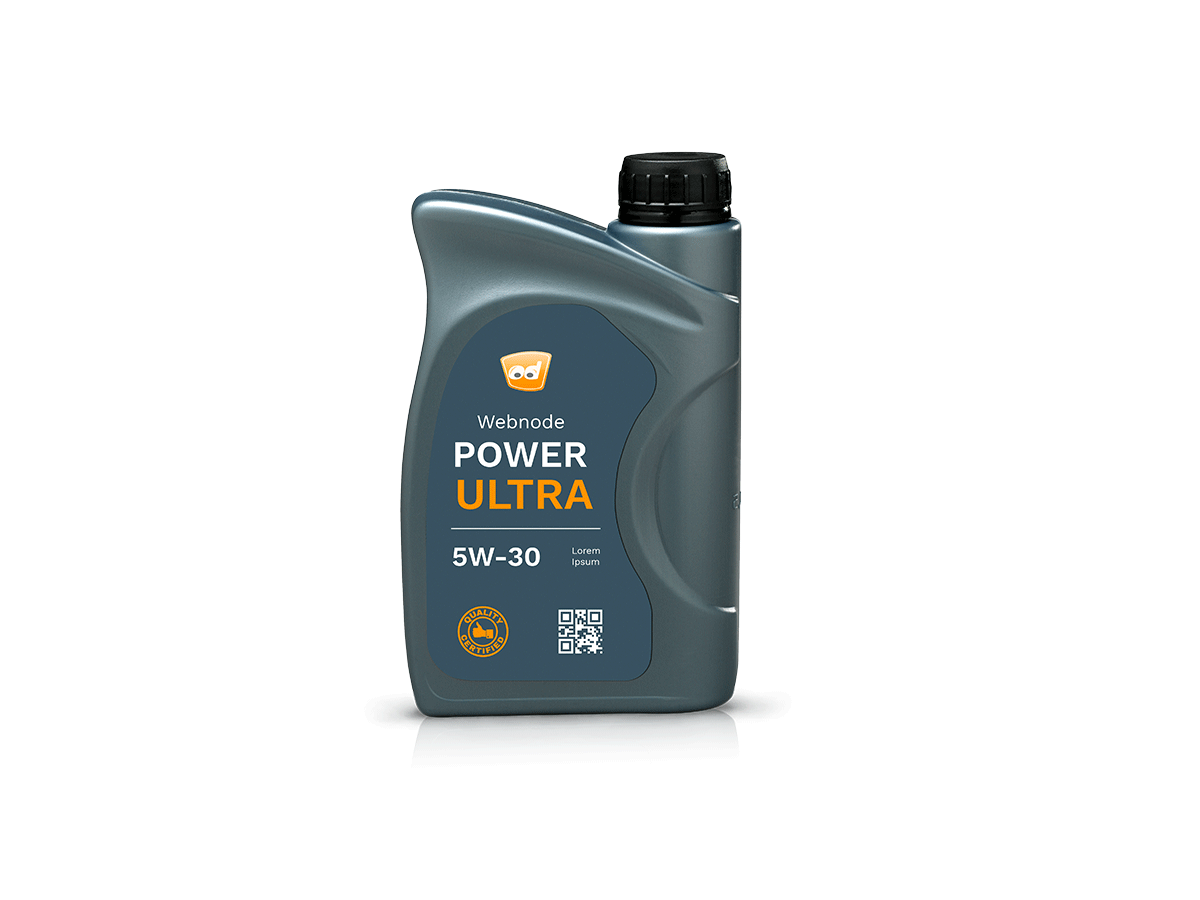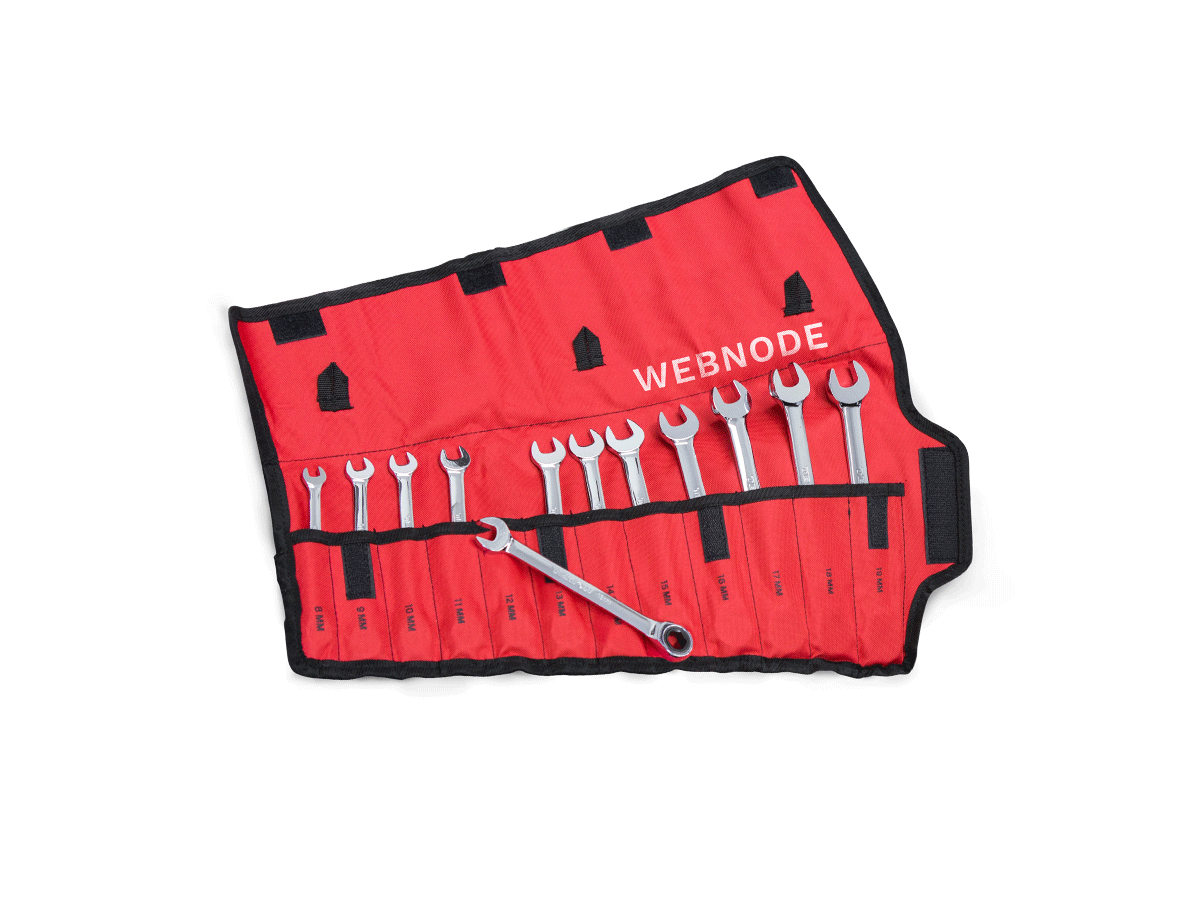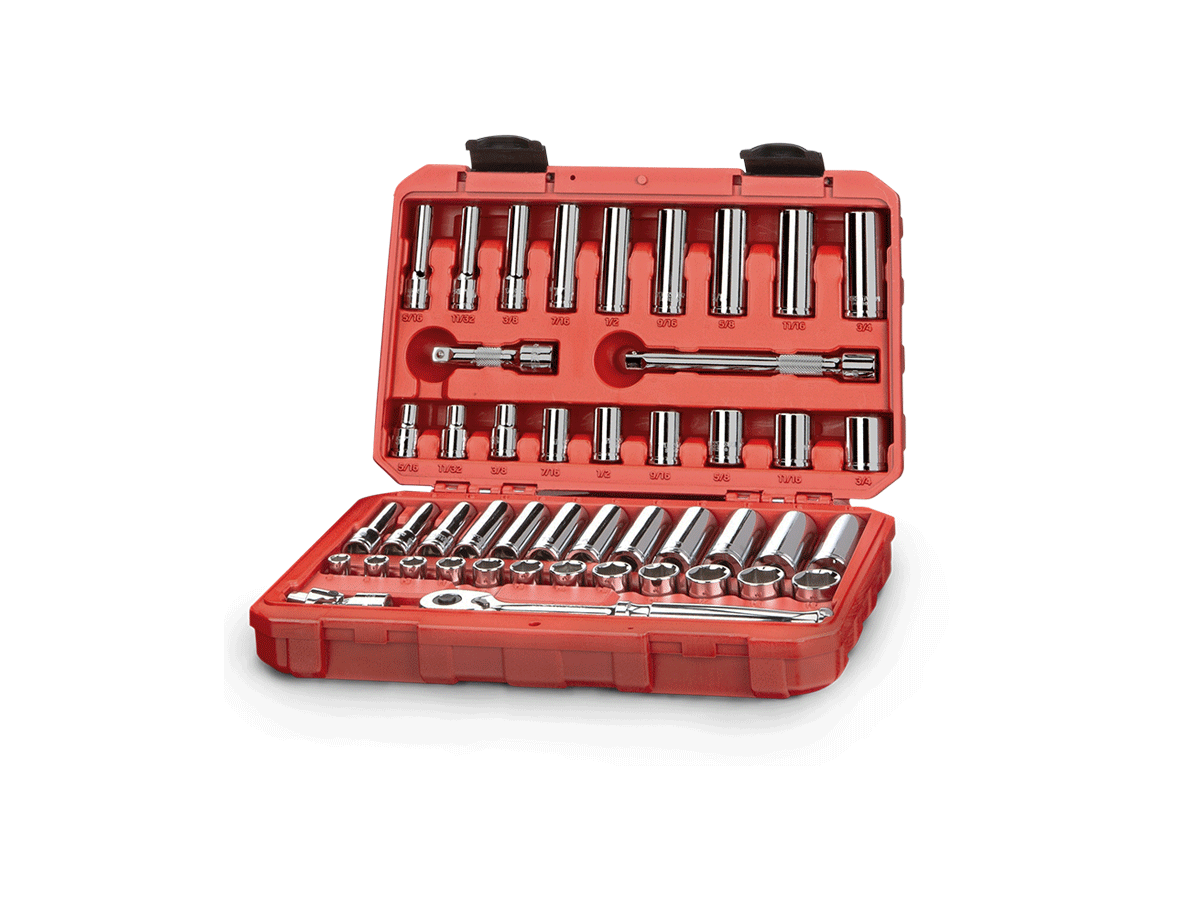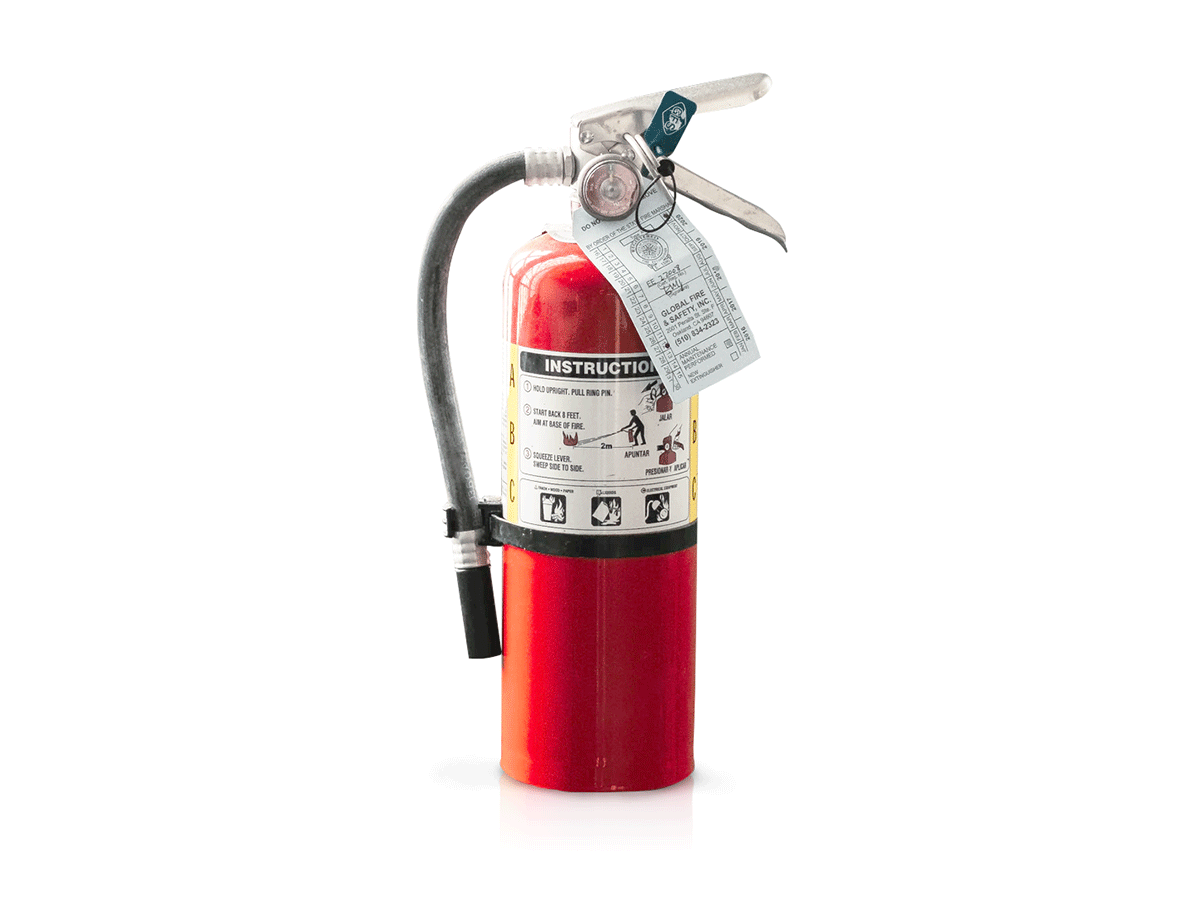Maintenance
Building Design.
Integrated Services.
Energy Efficient Engineering.
Terms to Know
Carburetor: A device that mixes air and fuel in the proper ratio for combustion. The system is mechanical, not electronic like modern fuel injection or direct injection engines; as such, it's less efficient.
Crankcase: Part of the engine block that houses the crankshaft. Usually made from one or two pieces of aluminum or cast iron.
Crankshaft: The engine component connected to the pistons that provide rotational motion when combustion occurs.
Cylinder: The portion of the engine block that houses the piston and connecting rod, and the location where combustion occurs.
Direct Injection: A method by which gasoline is pressurized and injected into the cylinder's combustion chamber. Unlike fuel injection, where gas is injected into the cylinder's intake port.
Harmonic Balancer: Also known as a dampener, a circular device made of rubber and metal attached to the front of the crankshaft to absorb vibrations and reduce crankshaft wear. It reduces engine harmonics that occur when multiple cylinders move along the crankshaft.
Piston: A component housed within the cylinder walls and secured by piston rings. It moves up and down during the four-stroke combustion process, providing force when exploding fuel and air move it.
Rev Matching: Technology in manual transmission cars that utilize sensors on the clutch pedal, gear shift, and transmission, sending signals to the electronic control unit that tell it to rev the engine automatically if revolutions per minute fall too low. Rev matching also occurs during the downshift, bringing rpms higher to match the lower gear. This reduces wear on the engine and smooths the shifting process.
Torsional Vibration: Vibration that occurs due to rotating shafts within a car.


